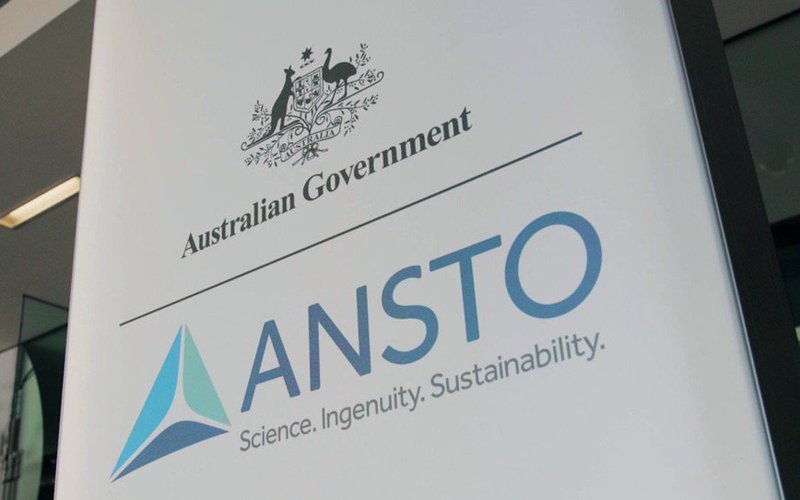While the Australian government continues to push back strongly against the growing push to consider nuclear power in the nation’s future energy mix, it has now confirmed it is planning to make a significant investment in the Australian Nuclear Science and Technology Organisation (ANSTO).
This investment includes the construction of a new nuclear medicine manufacturing facility at ANSTO’s Lucas Heights campus in Sydney’s south.
According to the federal Minister for Industry and Science, Ed Husic, this will ensure Australia has the sovereign capability to manufacture these essential medicines in the decades ahead and to help treat thousands of patients for diseases like cancer and receive essential diagnoses.
“Nuclear medicines are essential to ensure the health of Australians. On average, every Australian will need at least two nuclear medicine procedures during their lifetime,” Minister Husic said.
“The new state-of-the-art nuclear medicine manufacturing facility will ensure ANSTO can increase manufacturing and introduce cutting edge new medicines for decades to come.”
“ANSTO’s nuclear medicine precinct in Sydney will revolutionise the domestic production of nuclear medicines and improve the lives of thousands of Australians.”
“Our significant investment in infrastructure is underpinned by ANSTO’s strong track record as Australia’s largest producer of nuclear medicines.”
Future of ANSTO’s Nuclear Medicine Facility
The acting chief executive officer for ANSTO, professor Andrew Peele, said the new nuclear medicine facility will form a more sophisticated nuclear medicine precinct to enable a seamless manufacturing and distribution chain.
He said the existing facility where most of ANSTO’s nuclear medicines undergo their final production stage for dispatch is an ageing building that was originally constructed in the late 1950s as a research laboratory.
He believes that following extensive renovations and modifications to transition to a nuclear medicine manufacturing facility, it is now approaching the end of its useful operating life.
“This new purpose-built facility will ensure ANSTO has the flexibility to adapt to evolving manufacturing technologies and meet the changing needs of the radiopharmaceuticals market, particularly as cancer and other illness diagnosis rates continue to grow,” he said.
“It will ensure ANSTO can meet the increasing demand for nuclear medicines by hospitals and medical clinics while also leveraging ANSTO’s radiopharmaceutical research and development and medical industry collaborations.”
Support and maintenance of existing facilities
The funding received will also support ongoing maintenance of the existing facility until the new Nuclear Medicine Facility is commissioned and operational, expected in the mid-2030s.
The new facility will be purpose-built to produce and distribute nuclear medicine products to hospitals and medical clinics right around Australia.
Positron Emission Tomography (PET) scans and bone density scans are the two most common imaging modalities in nuclear medicine.
ANSTO’s legacy
Celebrating its 70th anniversary this year, ANSTO’s history traces back to April 15 1953, when Australia entered the nuclear science arena with the Atomic Energy Act coming into effect. The Australian Atomic Energy Commission (AAEC) followed and in 1987 the AAEC evolved into the Australian Nuclear Science and Technology Organisation (ANSTO).
ANSTO’s Lucas Heights campus is home to a nuclear medicine precinct of three key facilities: the OPAL multipurpose research reactor, the molybdenum-99 manufacturing facility, and the existing nuclear medicine processing and distribution facility.
Each week ANSTO produces approximately 12,000 patient doses of nuclear medicine which are sent to around 250 hospitals and medical centres in Australia and the region.
About 75% to 80% of nuclear medicine isotopes used in Australia come from ANSTO.
“The design and implementation of the new facility will be confirmed by an independent review to be commissioned by my department, which is best practice for major public sector capital works. It will also be subject to a tender process. The new facility is expected to be completed by the early to mid 2030s,” the Minister said.
Nuclear power mood changing
In the meantime, the federal opposition continues to pressure the government on its no-nuclear energy stance.
Fred O’Brien, the shadow minister for climate change and energy, says the Australian public’s view on nuclear power is changing.
He pointed to a recent episode of ABC’s Q&A program which ran an online poll featuring the question: Should Australia drop its ban on nuclear energy?
Over half of the voting pool answered ‘yes.’
“The all-of-the-above approach for Australia’s future energy mix includes zero-emissions, next generation nuclear energy. It is an option we need to discuss as a country, and a discussion I am pleased to be leading,” he recently declared.
